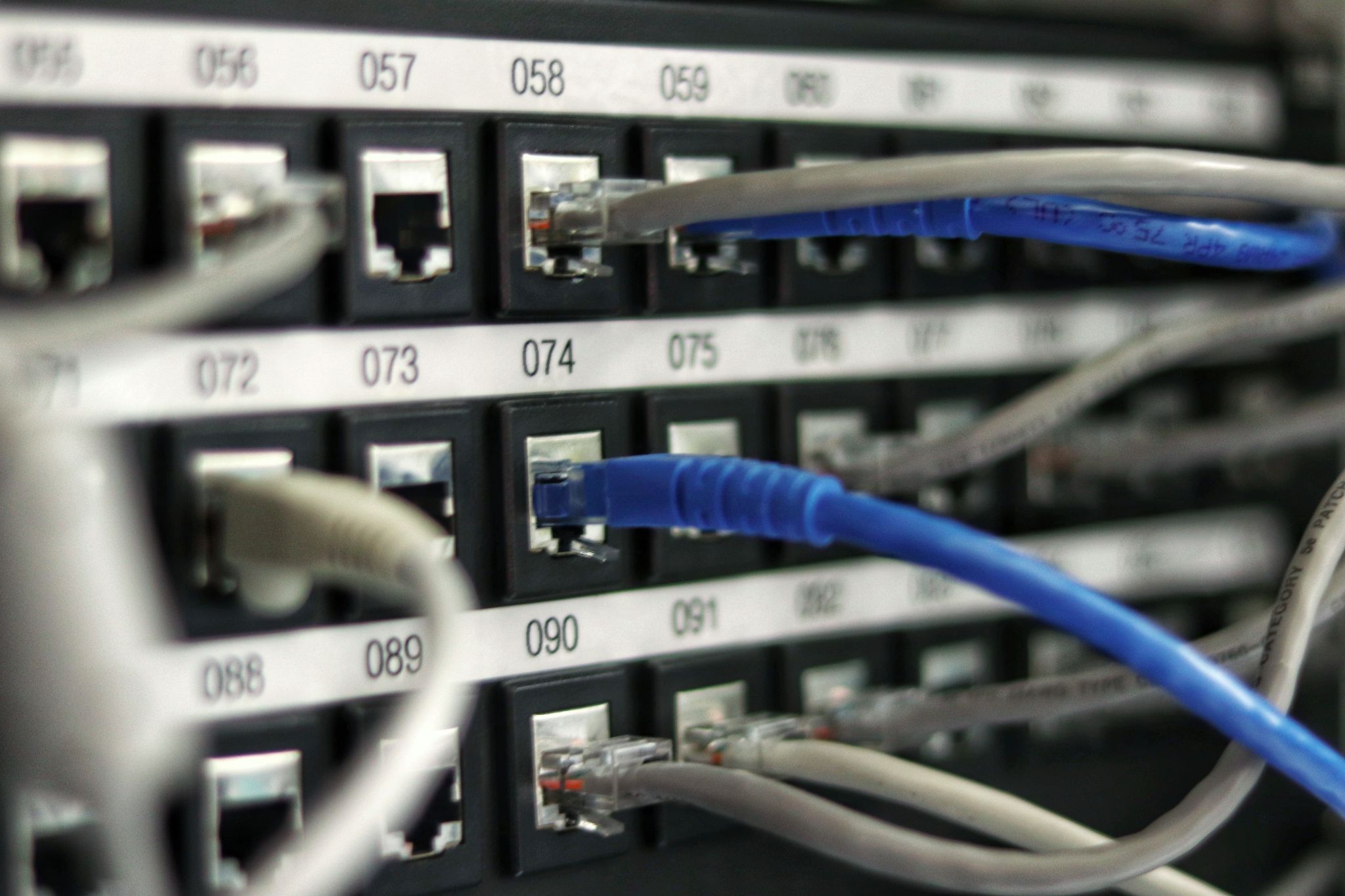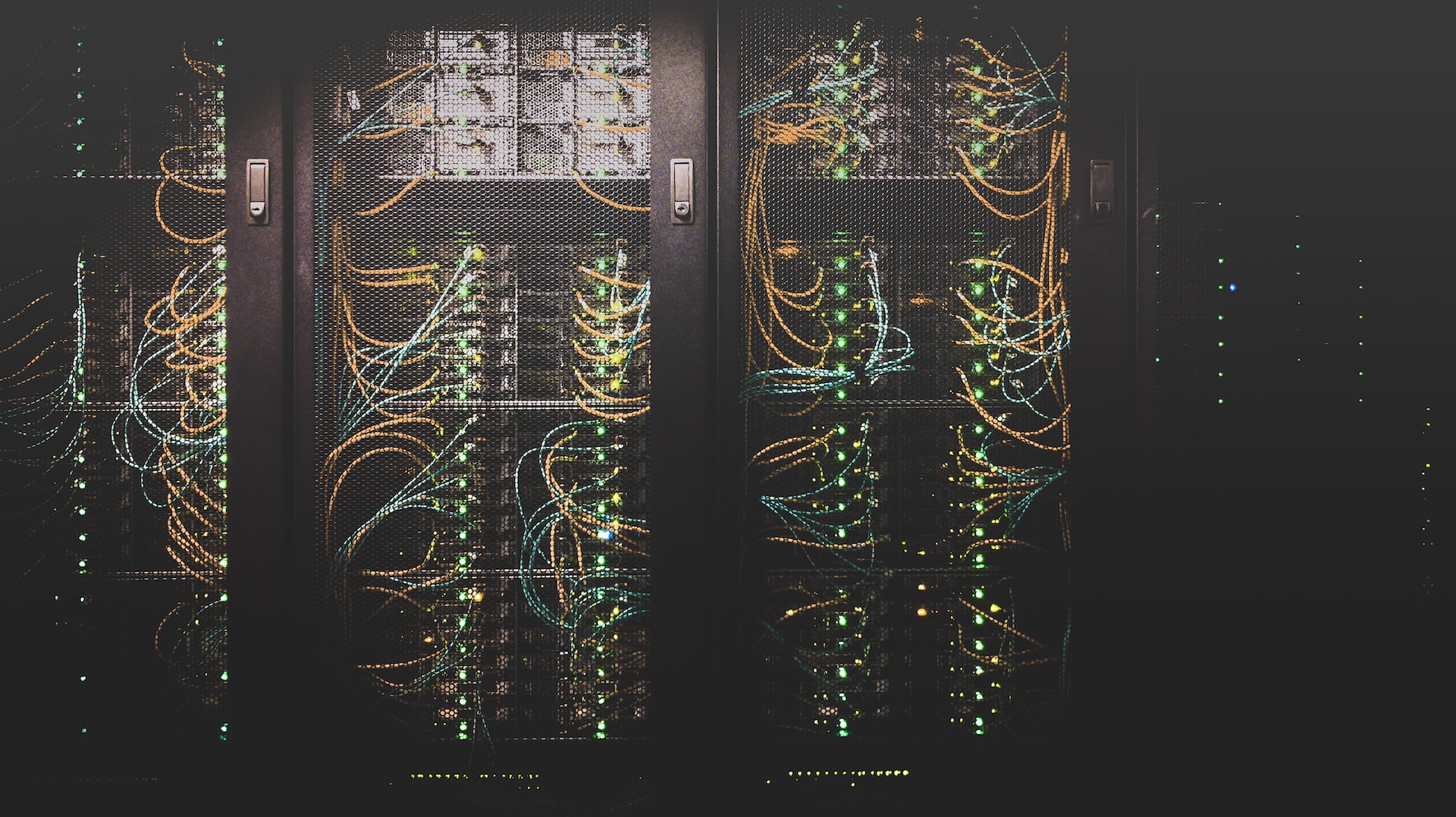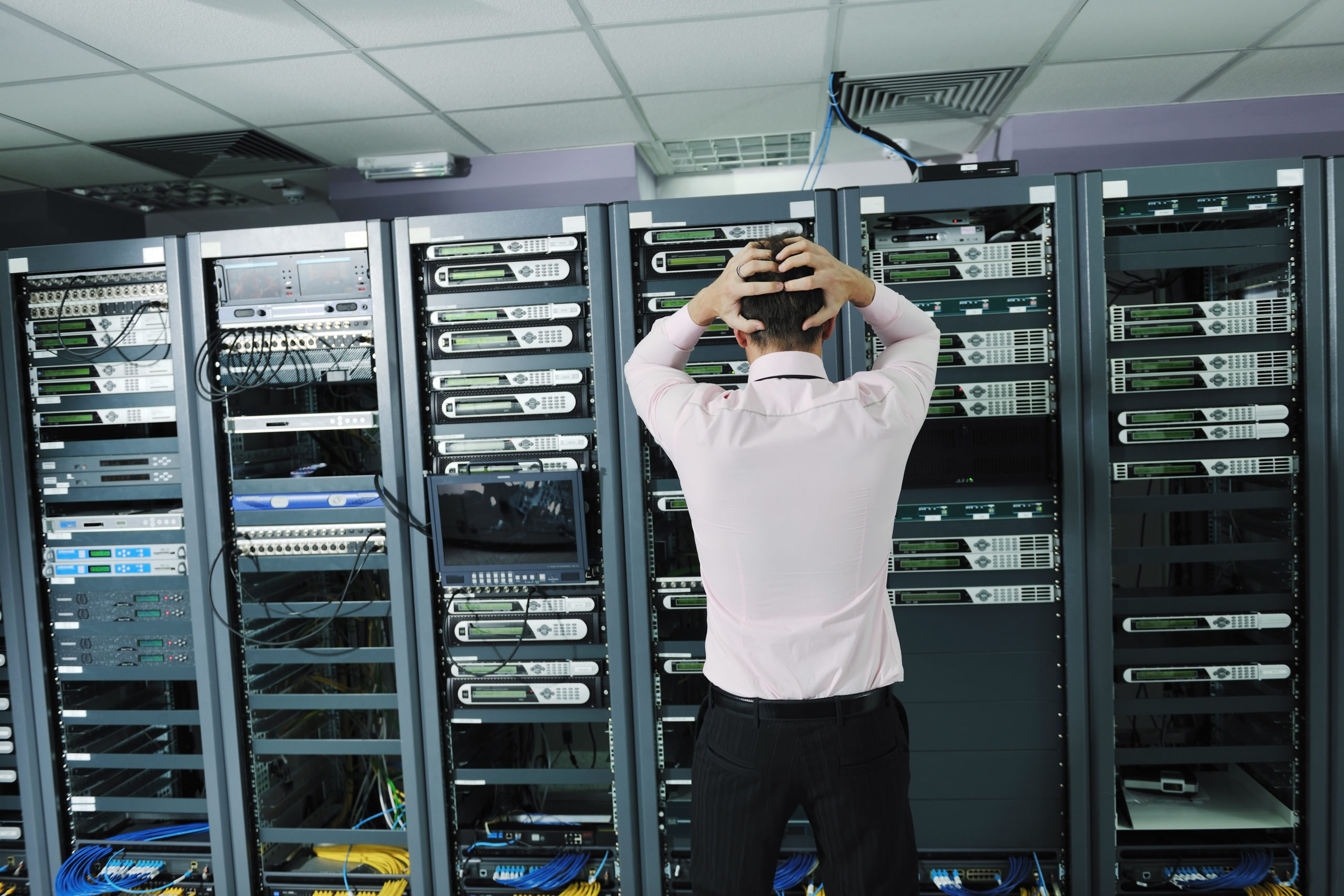Choosing the best server for your small business can be challenging. It’s nearly impossible to know where to start with the variety of server types, processors, hard drives, and other options available.
Fortunately, it doesn’t need to be this difficult. It turns out that there are only really four factors to take into account when selecting a small company server.
Research Server Specifications
Choosing the appropriate processor, hard drive, and RAM specs is the first step in setting up a server for your small business. Here’s how to do it:
- Create a list of every program you intend to execute on the server.
- Think about the number of users each program must support both today and in the foreseeable future.
- Use Google to search for suggestions and assessments of how many server resources this program might need.
- For each application, repeat this process while including about a 20% buffer for resource demand peaks.
Calculate Your Budget
The cost of setting up a small business server is a crucial consideration. A less expensive server can cost under $100 per month to rent or less than $500 to buy, whereas a more expensive one typically costs over $100 per month and more than $1500 to $2000 to purchase.
In an effort to save money, many small business owners look for used servers for sale. You can save up to 50% by purchasing a refurbished server instead of a new one. A used server performs nearly as effectively as a new one, if not more so.
In the end, you will benefit because you can still save enough money to cover your other IT requirements. Not to mention, it is practically impossible to identify the difference between most used servers and brand-new ones in terms of performance. In fact, refurbished ones sometimes perform even more effectively than brand-new models.
Determine the Best Location for Your Server
You have two major options for your server location: hosting a server in the cloud or setting up one on your premises. While purchasing a server for a one-time charge might seem like the best option, there are advantages and disadvantages to each strategy.
When you host a server in the cloud, you may always upgrade and receive the latest updates. There are no extra charges for cooling or powering the server, and there is always available expert assistance for any necessary repairs. On the other hand, you won’t have physical access to the server and there will be ongoing monthly expenses.
Setting up a server in your office comes with a single up-front hardware cost and might end up being less expensive in the long run. However, it can be pricey to use electricity to run and cool the server. In addition, when a component fails, there is neither 24-hour support nor a quick hardware replacement.

Choose the Type of Server
If you have decided to host your server in a data center, you must choose the type of server to use. Dedicated servers and hybrid servers are the two main categories.
A hybrid server is used by a small number of users, each having an isolated OS environment. Although sharing a server with other users is required and resource scaling is not possible, this sort of server is affordable and ideal for less powerful applications and development.
A dedicated server is a single physical server that is dedicated to one client. This type of server provides high performance and because the environment is not shared with other users, the entire server’s resources are at your disposal. It might, however, cost more than other hosting solutions.
Final Thoughts
Once a small business has grown beyond two or three employees, it is probably time to get a server computer for the office. It might be challenging to weigh your alternatives and make the best decision when there are so many different possibilities available. Should you have a server on-site? Will a cloud-based server provide your company with the greatest service? Is a dedicated server a better option than a shared one?
Knowing your options before making a purchase, as well as preparing for future server needs, is important because outgrowing your infrastructure before it reaches the end of its useful life is a waste of money.

















